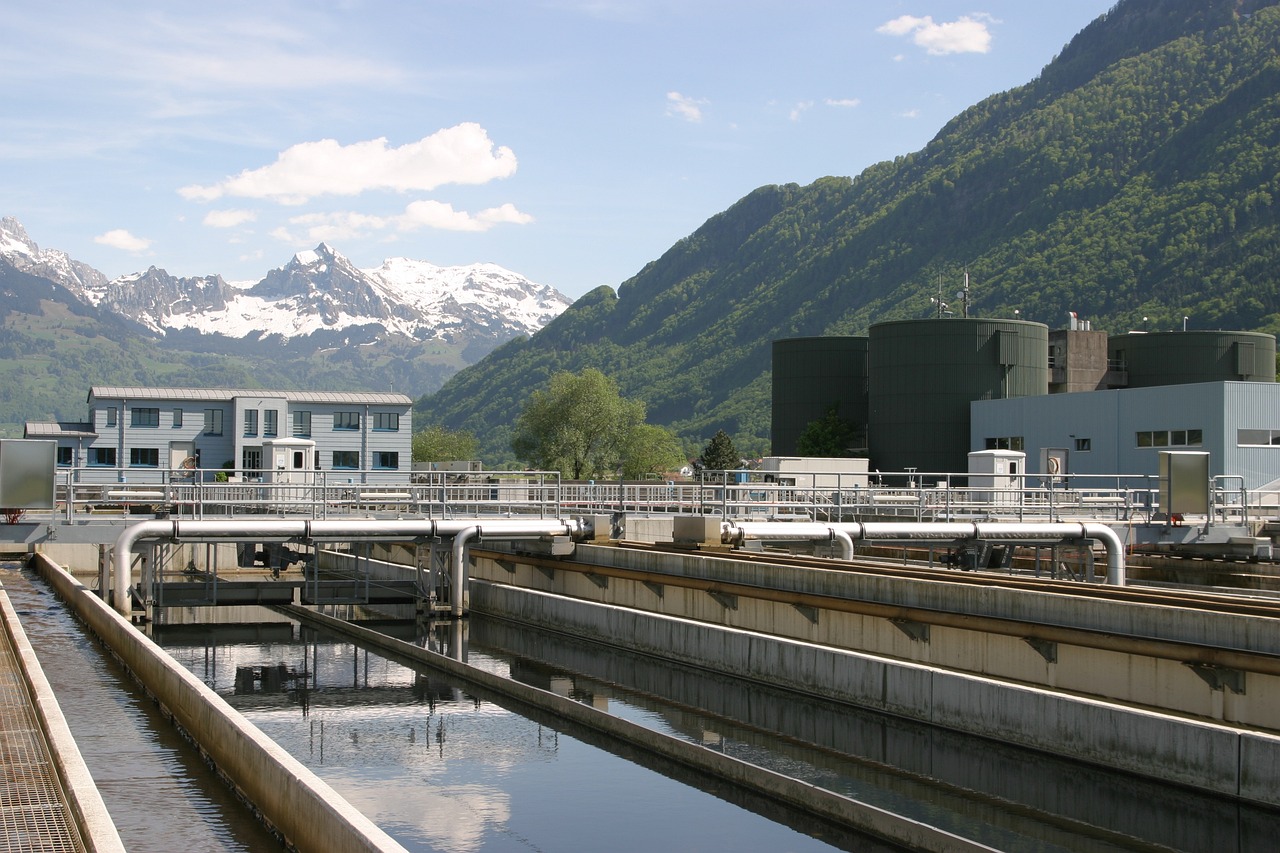Water Treatment
The given diagram compares the existing water supply network with its plan for development.
Looking from an overall perspective, it is evident that in the future, stormwater and wastewater will no longer be discharged into the river. Instead, the system of dams or storage facilities is expected to continue to provide pure water for city dwellers in all residential, industrial, and commercial units. Additionally, there is a plan to recycle water to provide a fresh supply for the urban area in question.
With regard to the general network, the major components of the system, including the dam/storage facility, plant for water treatment, and also the river, are expected to remain unchanged in the future blueprint, all of which work in tandem to provide the urban citizens with fresh water.
In detail, the current system of dams and storage amenities allows residents in households, factories, and shops to enjoy pure water. Afterward, stormwater is removed by being discharged directly into the river, and wastewater is channeled to a water treatment plant prior to its eventual discharge into the river. In the future, the river will no longer receive both stormwater (from the residential area) and wastewater (from the treatment facility). The water treatment plant, however, is anticipated to play a key role in treating storm and wastewater, turning them back into pure water for use in the city.
(227 words)
Essay breakdown:
Introduction:
[1] The given diagram compares the existing water supply network with its plan for development.
[2] Looking from an overall perspective, it is evident that in the future, stormwater and wastewater will no longer be discharged into the river. [3] Instead, the system of dams or storage facilities is expected to continue to provide pure water for city dwellers in all residential, industrial, and commercial units. [4] Additionally, there is a plan to recycle water to provide a fresh supply for the urban area in question.
- Write a general statement to introduce the topic
- The 1st main feature
- The 2nd main feature
- The 3rd main feature
Body 1:
[1] With regard to the general network, the major components of the system, including the dam/storage facility, plant for water treatment, and also the river, are expected to remain unchanged in the future blueprint, all of which work in tandem to provide the urban citizens with fresh water.
- Describe the general network of water supply
Body 2:
[1] In detail, the current system of dams and storage amenities allows residents in households, factories, and shops to enjoy pure water. [2] Afterward, stormwater is removed by being discharged directly into the river, and wastewater is channeled to a water treatment plant prior to its eventual discharge into the river. [3] In the future, the river will no longer receive both stormwater (from the residential area) and wastewater (from the treatment facility). [4] The water treatment plant, however, is anticipated to play a key role in treating storm and wastewater, turning them back into pure water for use in the city.
- Describe the current system
- Other features of the current system
- Describe the future network
- Other features of the future network
Vocabulary:
The given diagram compares the existing water supply network with its plan for development.
Looking from an overall perspective, it is evident that in the future, stormwater and wastewater will no longer be discharged into the river. Instead, the system of dams or storage facilities is expected to continue to provide pure water for city dwellers in all residential, industrial, and commercial units. Additionally, there is a plan to recycle water to provide a fresh supply for the urban area in question.
With regard to the general network, the major components of the system, including the dam/storage facility, plant for water treatment, and also the river, are expected to remain unchanged in the future blueprint, all of which work in tandem to provide the urban citizens with fresh water.
In detail, the current system of dams and storage amenities allows residents in households, factories, and shops to enjoy pure water. Afterward, stormwater is removed by being discharged directly into the river, and wastewater is channeled to a water treatment plant prior to its eventual discharge into the river. In the future, the river will no longer receive both stormwater (from the residential area) and wastewater (from the treatment facility). The water treatment plant, however, is anticipated to play a key role in treating storm and wastewater, turning them back into pure water for use in the city.
Vocabulary Highlights:
- water supply network: the system that provides water to a certain area
- plan for development: a blueprint for future changes or improvements
- stormwater: rainwater that runs off on the surface and into a drainage system
- wastewater: used or contaminated water from homes, businesses, or industries
- dams or storage facilities: structures built to store water for future use
- recycled water: treated water that has been reused for non-drinking purposes
- water treatment plant: a facility that cleans and purifies water for consumption or other uses
- discharge into the river: releasing water into a natural watercourse
- pure water: water that is free from pollutants or contaminants
- urban area: a populated area such as a city or town.
Grammar Gems
PASSIVE VOICE CONSTRUCTION
“stormwater and wastewater will no longer be discharged into the river” and “the system of dams or storage facilities is expected to continue to provide pure water for city dwellers”
These sentences are examples of the passive voice being used to focus on the action rather than the person or thing performing the action. The passive voice is often used in academic writing to give a sense of objectivity and detachment from the writer’s personal opinions or feelings.
Reading:
Further reading about this topic can be found here:
https://www.safewater.org/fact-sheets-1/2017/1/23/conventional-water-treatment
Listening:
Further listening about this topic can be found here:


